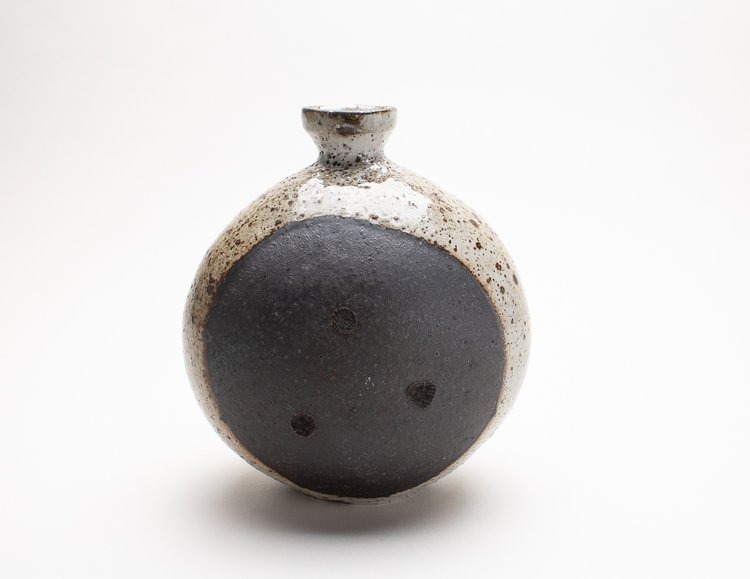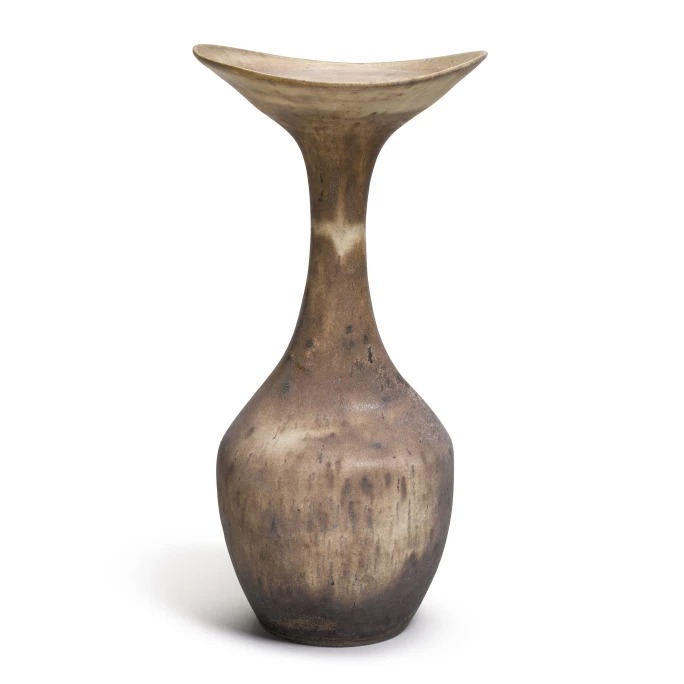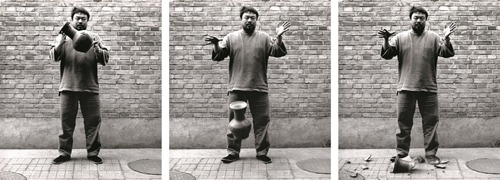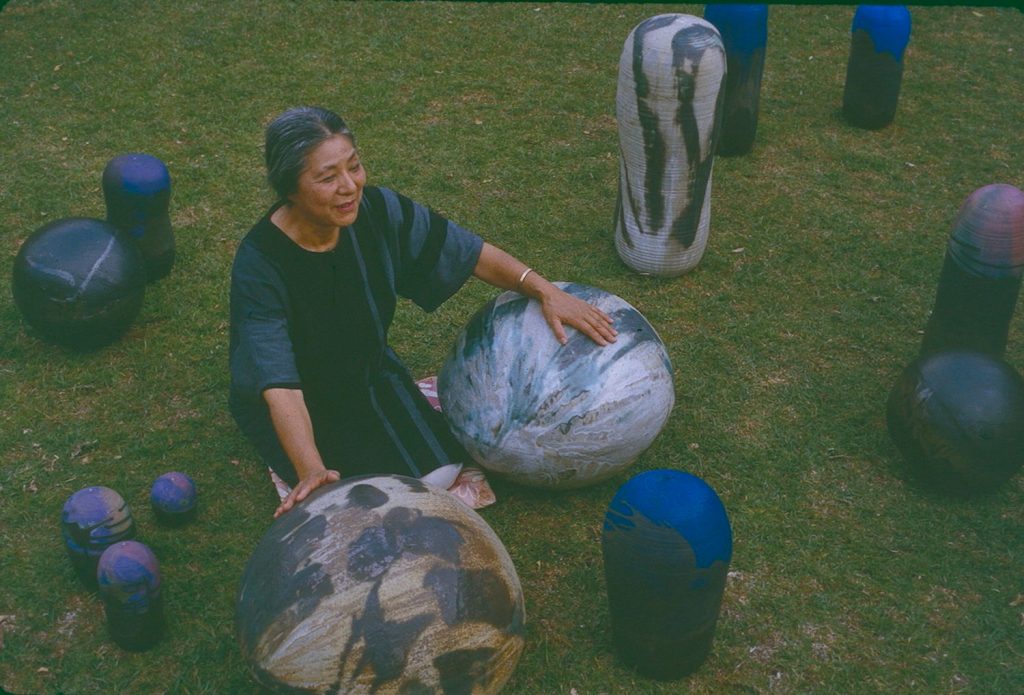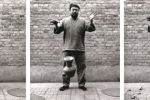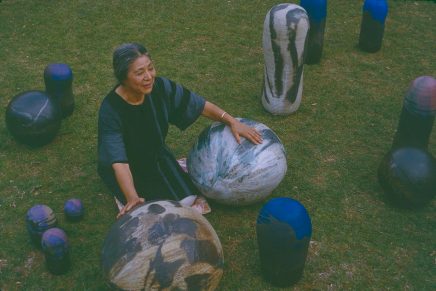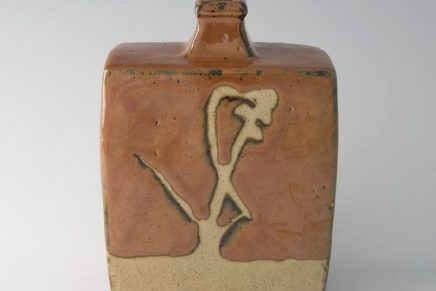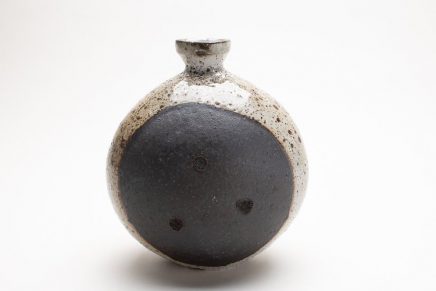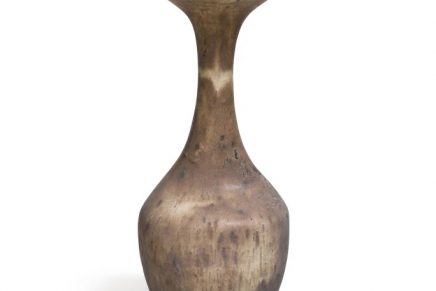In the world of ceramics, a select group of artists have achieved global recognition for their unparalleled craftsmanship, innovative techniques, and the profound impact they’ve had on the art form itself. These artisans have mastered the delicate balance between tradition and innovation, forging unique styles that transcend cultural boundaries. Join us as we delve into the intriguing worlds of five such celebrated ceramic artists: Bernard Leach, Lucie Rie, Shoji Hamada, Ai Weiwei, and Toshiko Takaezu. Each of them possesses a distinctive approach to pottery and porcelain, weaving a narrative through their styles, materials, inspirations, accolades, and where their masterpieces can be discovered.
Bernard Leach (United Kingdom)
Style: Known as the “Father of British Studio Pottery,” Leach’s style is characterized by a fusion of Eastern and Western pottery traditions. His work is often marked by earthy glazes and simple, functional forms.
Materials: He worked primarily with stoneware and porcelain clays.
Inspiration: Leach was deeply influenced by Japanese pottery, particularly the Mingei movement, which emphasized the beauty of utilitarian objects.
Awards: Leach received numerous awards, including the Order of the British Empire (OBE) and the Japanese Order of the Sacred Treasure.
Where to Find: You can find Bernard Leach’s pottery in various museums and galleries worldwide, with a significant collection at the Leach Pottery in St. Ives, Cornwall.
Lucie Rie (Austria/United Kingdom)
Style: Rie’s work is renowned for its minimalist and modernist aesthetic. She was a master of wheel-thrown, thin-walled vessels with intricate surface textures and vibrant glazes.
Materials: She primarily used stoneware and porcelain.
Inspiration: Rie drew inspiration from modern art movements, especially Bauhaus and Abstract Expressionism.
Awards: Lucie Rie received the title of Dame Commander of the Order of the British Empire (DBE) for her contributions to ceramics.
Where to Find: Her work can be found in major museums and collections worldwide, including the Victoria and Albert Museum in London.
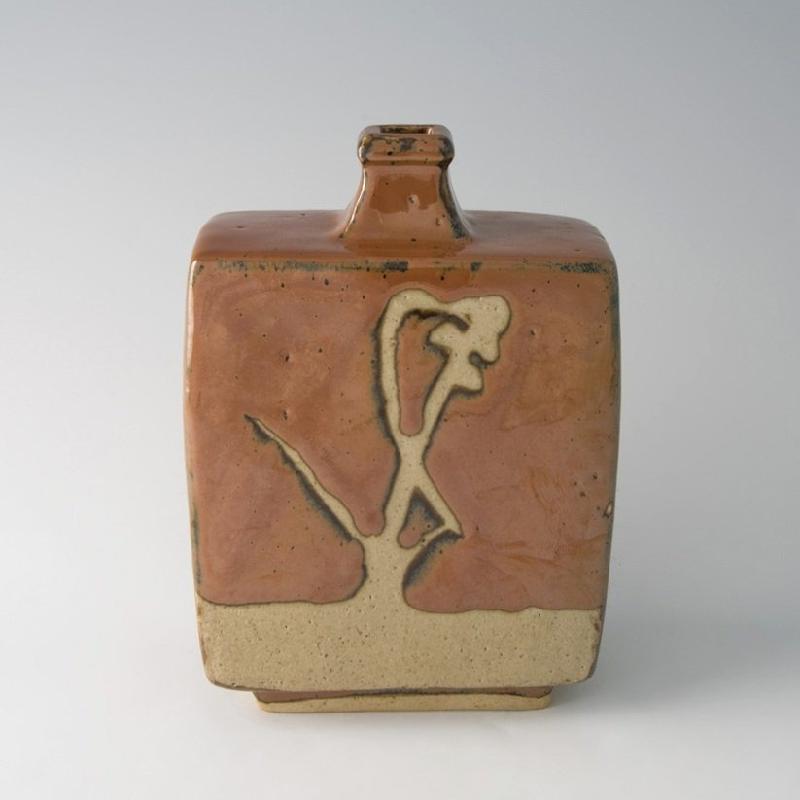
@Shoji Hamada/ @puckergallery.com
Shoji Hamada (Japan)
Style: Hamada was a leading figure in the Mingei (Folk Craft) movement. His pottery is characterized by rustic simplicity, natural glazes, and traditional Japanese forms.
Materials: He worked primarily with stoneware.
Inspiration: Hamada found inspiration in the folk traditions of pottery making, especially in the town of Mashiko.
Awards: He received the title of Living National Treasure in Japan.
Where to Find: Hamada’s work can be seen in museums and galleries in Japan, including the Mashiko Museum of Ceramic Art.
Ai Weiwei (country of origin: China)
Style: Ai Weiwei is a contemporary artist known for his provocative artworks that often incorporate social and political commentary. His style ranges from traditional Chinese forms to conceptual contemporary pieces.
Materials: He uses a variety of materials, including porcelain.
Inspiration: His work is deeply influenced by Chinese history and culture, as well as contemporary social issues.
Awards: Ai Weiwei is known more for his broader artistic achievements and activism than traditional ceramic awards.
Where to Find: You can find his ceramic works in major contemporary art museums worldwide.
Toshiko Takaezu (United States)
Style: Takaezu’s work is marked by her distinctive closed-form vessels, often resembling large, rounded, and sculptural forms. She used a range of glazes to create unique surface textures.
Materials: She primarily worked with stoneware.
Inspiration: Takaezu drew inspiration from her Japanese heritage and the natural world.
Awards: She received the Governor’s Award for the Arts in New Jersey and the American Craft Council Gold Medal.
Where to Find: Her work is exhibited in various museums, including the Smithsonian American Art Museum.

